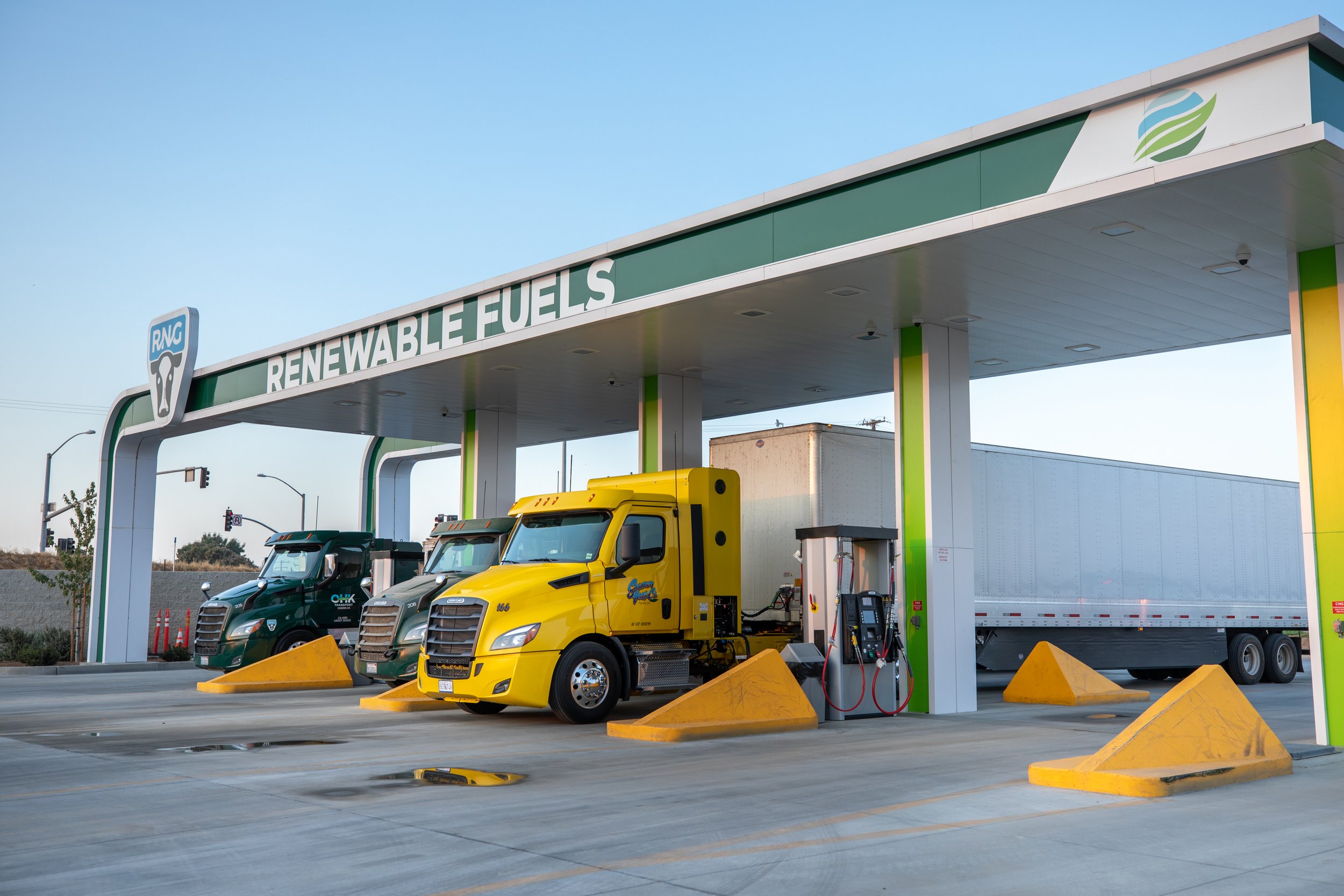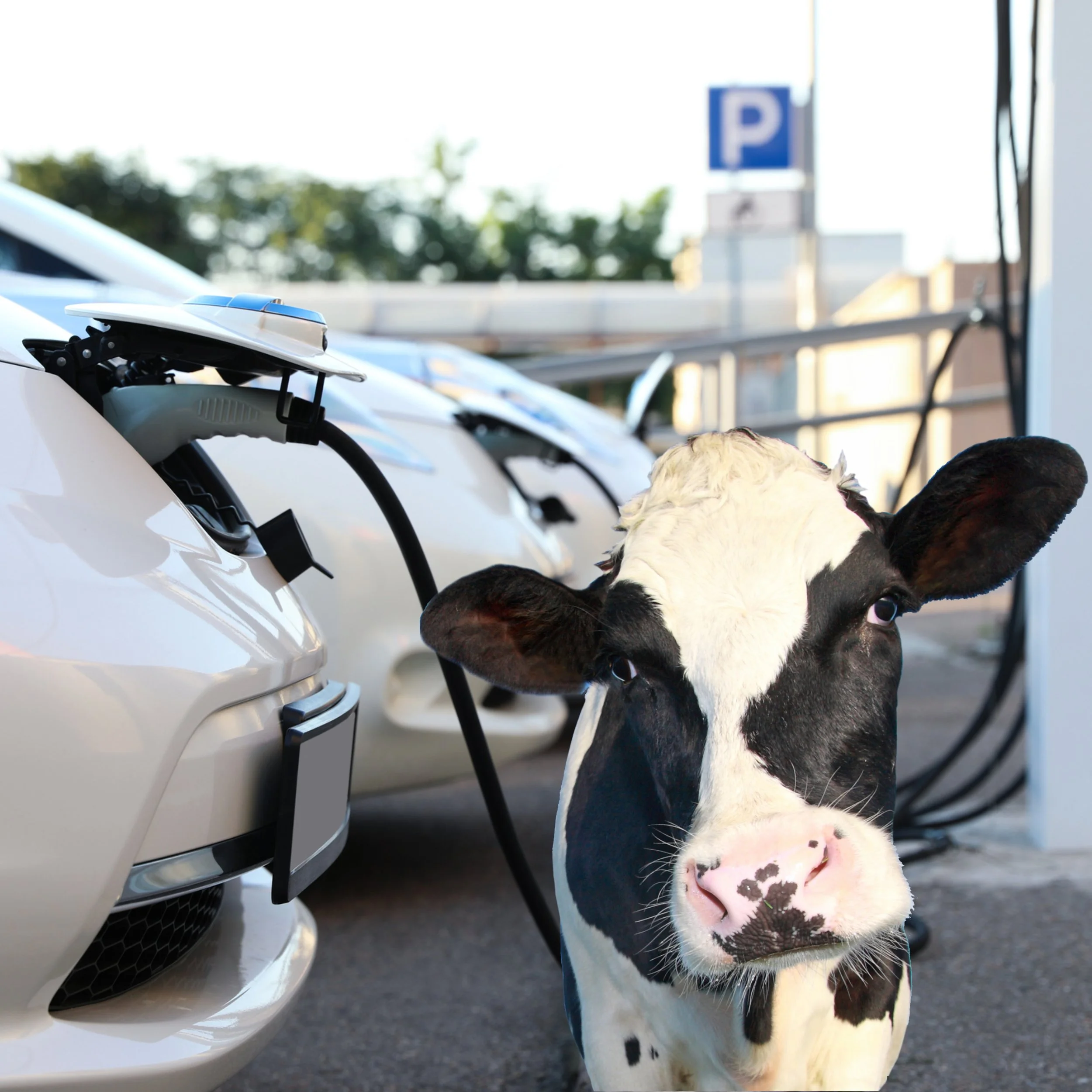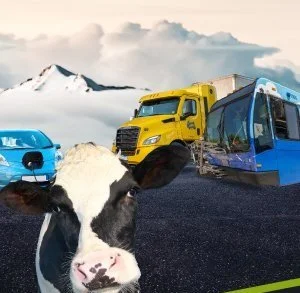
Biofuels & Renewable Fuel
PRODUCTION & USE
Farms are Fueling the Future
California farming and ranching families continue to work tirelessly to not only reduce their own climate footprints, but are also feeding production of renewable transportation fuels that help to lower greenhouse gas emissions in the transportation sector as well.
Dairy manure, animal fats, food and agricultural residues, and woody biomass are all being used to produce clean renewable, lower carbon transportation fuels.
Barn to Biogas
More than 120 dairy farms are already capturing methane and creating clean, renewable energy including renewable natural gas. Dairy Digesters are increasingly capturing methane for use as carbon-negative transportation fuel in heavy-duty trucks. Replacing diesel not only reduces carbon, it also greatly reduces NOx and other criteria pollutants improving air quality across the state. California’s dairy farms will soon be producing approximately 60 million diesel gallon equivalents of carbon negative* transportation fuel each year.
One cow can produce enough transportation fuel to drive a car across the country.
Sustainable Aviation Fuel (SAF)
SAF is being produced from sustainable feedstocks including animals fats, replacing fossil jet fuel. SAF can be blended at up to 50% with traditional jet fuel and can produce up to an 80% reduction in carbon emissions compared to traditional jet fuel.
Ultimate EV Driving Machine
Dairy biogas in California is powering a Bloom fuel cell on one dairy near Fresno, creating clean renewable electricity for use in BMW’s electric vehicle charging infrastructure. . . fueling thousands of cars on California highways. The California Air Resources Board has highlighted this project for it’s innovation and effectiveness.
Powering Ports
Agricultural residues and wood waste can also be converted to green hydrogen transportation fuels. Dairy biomethane will soon be utilized as a feedstock to produce green hydrogen at the Port of Los Angeles for use in cranes, vehicles, and other equipment providing substantial air quality benefits in surrounding communities.
Farm to Fuels
Renewable diesel and biodiesel are produced from agricultural residues, animal fats and other biofeedstocks from food production. These clean renewable fuels are helping to reduce the life-cycle carbon intensity of transportation fuels while meeting the world’s growing energy needs.
*Carbon Negative Fuel – One method of quantifying the climate benefits of a particular fuel is to determine the fuel’s “carbon intensity.” This can be done by looking at the complete life cycle of the fuel and assessing the emissions associated with both the production and use of the fuel. According to the California Air Resources Control Board, renewable natural gas from dairy biogas is by far the least carbon-intensive transportation fuel currently produced in California. Renewable natural gas from dairy farms is actually considered to be carbon negative, receiving a carbon intensity score of -255 or better. This makes dairy RNG nearly ten times more effective at reducing carbon in the atmosphere than even electric vehicles.
Real World Examples






